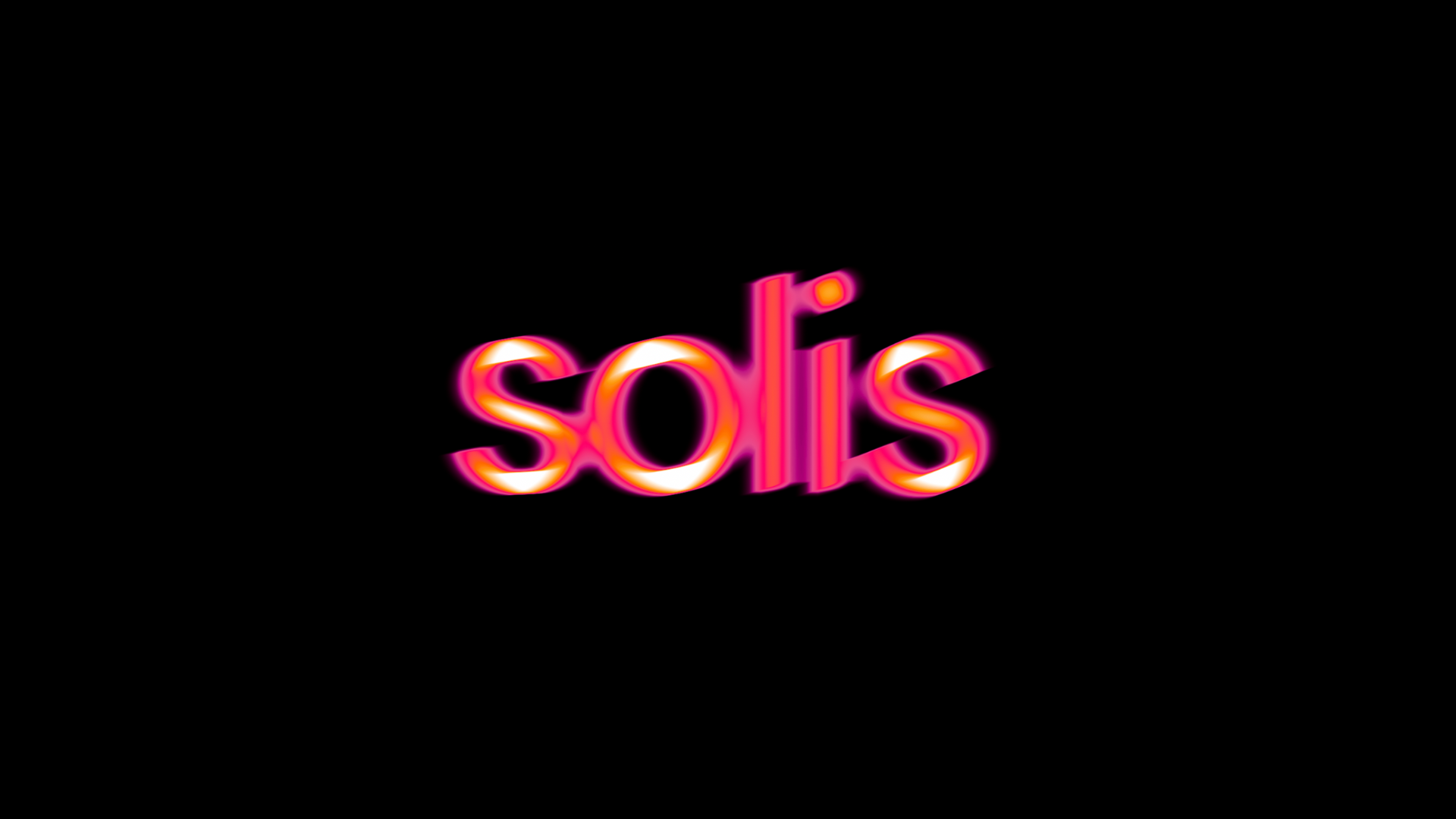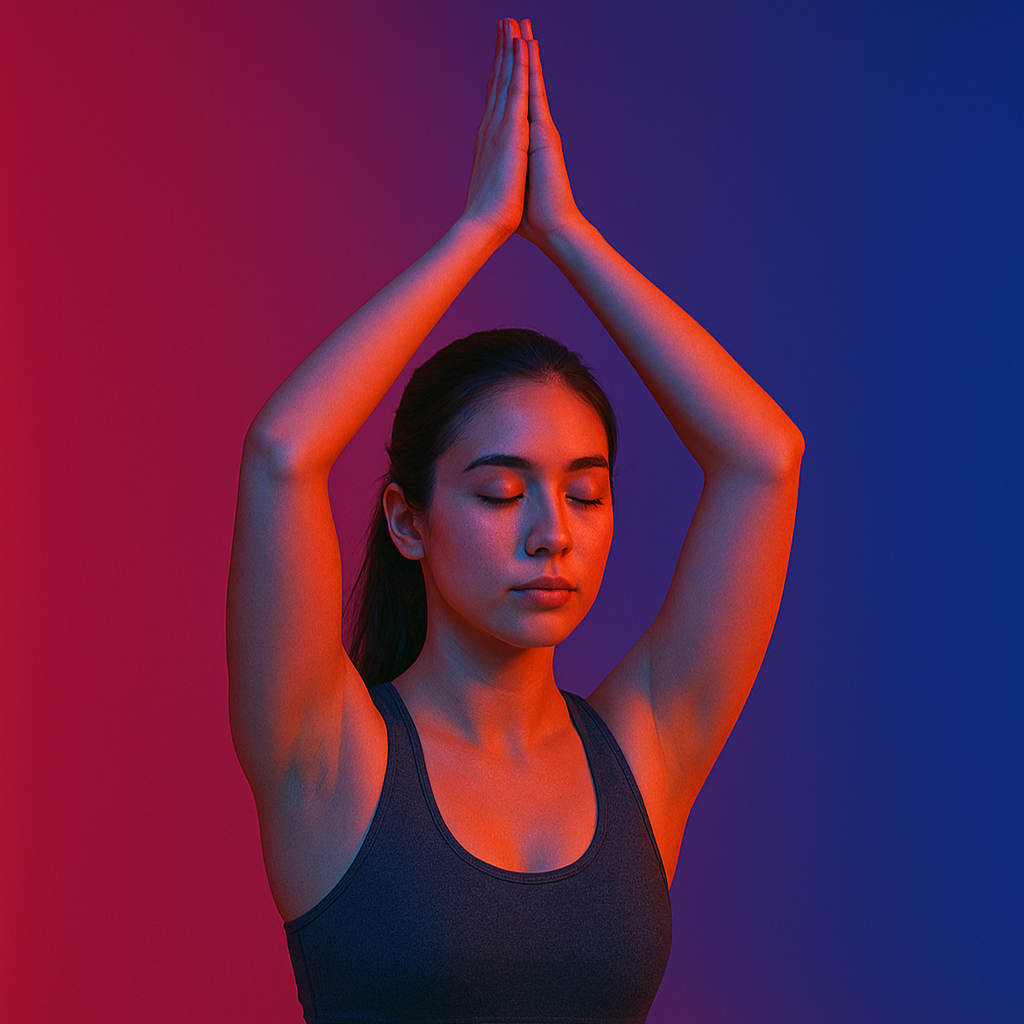
★★★★★ Rated 4.9/5
Transform Your Mood and Mental Clarity with Red Light Therapy...
Science has proven that specific light wavelengths trigger your body's own regenerative mechanisms, enhancing collagen production by up to 200%.
Why Solis is recommended by mental health professionals:
☑️ Naturally elevates mood without medication
☑️ Modulates neurotransmitter activity and stress hormone levels
☑️ Enhances neuroplasticity and cognitive performance
Unlock Your Mental ClarityHow Solis Red Light Therapy Works for Mental Health
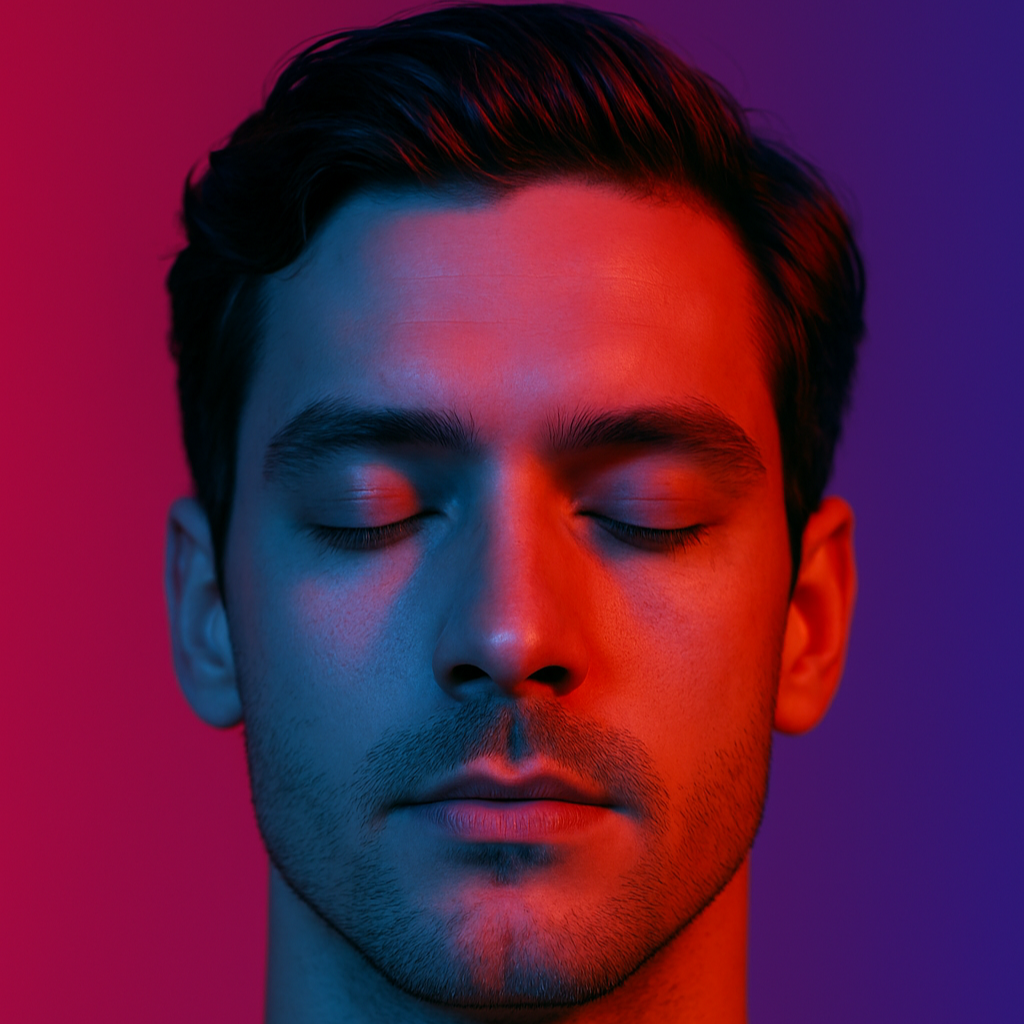
Unlike supplements or surface-level interventions, Solis red and near-infrared light penetrates up to 40mm into the skull, reaching critical brain regions involved in mood regulation—such as the prefrontal cortex and limbic system.
The clinically studied 810nm, 830nm, and 850nm near-infrared wavelengths in Solis panels are precisely calibrated to access these deeper neural structures, supporting emotional balance, cognitive clarity, and neurological resilience at the source.

When therapeutic light wavelengths reach your brain cells, they interact with cytochrome c oxidase—a critical component in neural energy production.
This stimulates increased ATP synthesis, revitalising brain cells that may be underperforming in mood disorders and cognitive challenges, essentially "reactivating" neural networks.
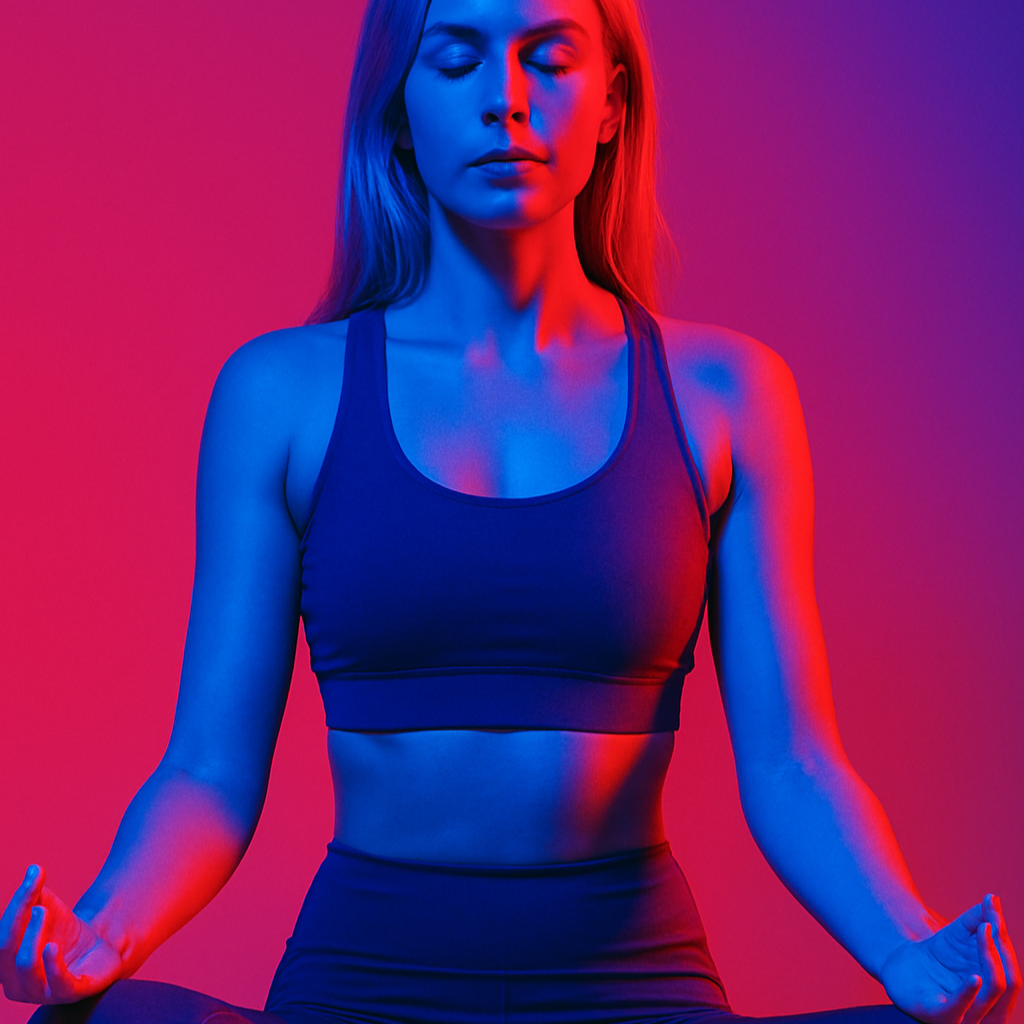
Energised brain cells naturally produce more balanced levels of key neurotransmitters. Serotonin and dopamine production improves, stress hormone pathways normalise, and neural communication becomes more efficient—all without the dependency or side effects associated with pharmaceutical interventions.

Unlike quick-fix approaches that temporarily alter brain chemistry, red light therapy supports long-term neural health and resilience.
Consistent sessions establish new baseline functionality in neural pathways and cellular metabolism, leading to naturally stabilised mood patterns and improved cognitive performance that progressively strengthens with ongoing use.
Unlike supplements or surface-level interventions, Solis red and near-infrared light penetrates up to 40mm into the skull, reaching critical brain regions involved in mood regulation—such as the prefrontal cortex and limbic system.
The clinically studied 810nm, 830nm, and 850nm near-infrared wavelengths in Solis panels are precisely calibrated to access these deeper neural structures, supporting emotional balance, cognitive clarity, and neurological resilience at the source.
When therapeutic light wavelengths reach your brain cells, they interact with cytochrome c oxidase—a critical component in neural energy production.
This stimulates increased ATP synthesis, revitalising brain cells that may be underperforming in mood disorders and cognitive challenges, essentially "reactivating" neural networks.
Energised brain cells naturally produce more balanced levels of key neurotransmitters. Serotonin and dopamine production improves, stress hormone pathways normalise, and neural communication becomes more efficient—all without the dependency or side effects associated with pharmaceutical interventions.
Unlike quick-fix approaches that temporarily alter brain chemistry, red light therapy supports long-term neural health and resilience.
Consistent sessions establish new baseline functionality in neural pathways and cellular metabolism, leading to naturally stabilised mood patterns and improved cognitive performance that progressively strengthens with ongoing use.




What else does the science say?
The neurological benefits of red light therapy continue to expand through groundbreaking research. Clinical studies show these specific wavelengths penetrate the skull to enhance brain cell metabolism, increase cerebral blood flow, and optimise neurotransmitter balance. Researchers have documented improvements in symptoms of seasonal affective disorder, anxiety, and cognitive performance following consistent use. This growing evidence explains why mental health professionals increasingly recommend professional-grade red light therapy as a natural approach to mood regulation and cognitive support.
In a pioneering pilot study by Schiffer et al (2009), a single 4-minute transcranial 810 nm near-infrared light treatment (open-label) produced marked mood improvements in 10 patients with major depression and anxiety. Two weeks after treatment, 60% of participants were in remission from depression and 70% in remission from anxiety, based on standard clinical scales. Even at four weeks post-treatment, depression and anxiety scores remained significantly improved over baseline (though the peak effect was at 2 weeks). Notably, no side effects were reported. This dramatic benefit was achieved using NIR wavelengths like those in Solis panels.
PMID: 19995444
In a recent double-blind RCT by Helali et al (2025), 35 patients on methadone therapy received 810 nm near-infrared transcranial LED therapy or sham for 4 minutes per session. The NIR-treated group showed significant reductions in anxiety and depression scores compared to the sham group (p<0.05). Improvements were already evident after the treatment period and were sustained at 1-month and 3-month follow-ups indicating lasting mood elevation. By study end, the active NIR group had substantially lower anxiety and depression ratings, whereas the placebo group saw minimal change. This trial demonstrates real-world efficacy of Solis-range NIR wavelengths in reducing stress and anxiety-related symptoms
PMID: 39901090
In an innovative preventative trial by Meesters et al (1999), 38 people with a history of Seasonal Affective Disorder (SAD) were randomly assigned in early fall to daily infrared light visor exposure (very dim, ~0.18 lux IR), bright white light (2500 lux), or no light, continuing through winter. Remarkably, the near-infrared light was just as effective as bright white light in preventing depressive episodes, and both outperformed no treatment. Only about 33% of the IR group experienced a depressive episode, versus 67% of the control group with no light. In other words, IR light therapy halved the incidence of winter depression relative to no treatment. This suggests that wavelengths in the NIR range (similar to Solis panels) can block SAD recurrence comparably to standard bright light therapy.
PMID: 10418699
In a groundbreaking open-label study by Henderson & Morries (2017), 39 patients with depression (many with traumatic brain injury) received multi-Watt 810 nm near-infrared laser therapy to the forehead/temples (~20 sessions on average). The results were striking – 36 of 39 patients (92%) had a clinically significant response (≥50% reduction in depression scores), and 32 of 39 (82%) achieved full remission (scores ≤5). On average, depression severity (QIDS score) plummeted from 14.1 (“moderate”) to 3.4 (“normal”) after treatment. These gains were often rapid – some saw depression resolve within 4 weeks – and importantly, remissions were sustained for up to 55 months (4.5 years) after one treatment course. This study, using the same NIR wavelength range as Solis panels, showcases extraordinarily durable antidepressant benefits, far exceeding typical outcomes of standard care
PMID: 29033859
Testimonials
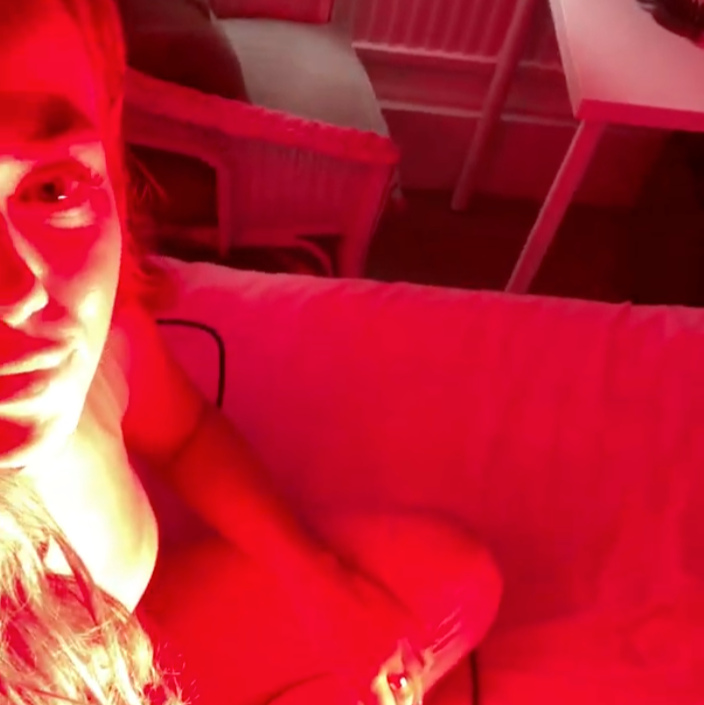
Fern B.
Mental Fog Lifted After Years of Struggle.
I've struggled with low energy and mood swings for years, especially during winter months. After just three weeks of using my Solis panel for 15 minutes each morning, I've noticed a remarkable difference in my mental clarity and emotional stability. I feel more balanced throughout the day and my family has commented on how much more present and positive I seem. This has become my non-negotiable morning ritual.
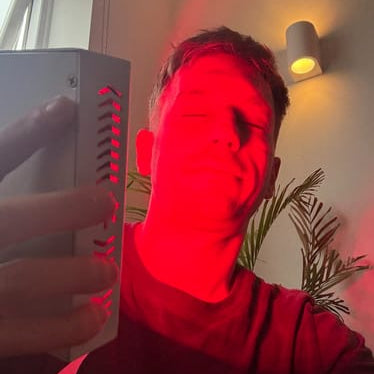
Harry G.
Unexpected Mental Wellness Bonus.
I purchased my Solis panel primarily for physical recovery. The calming ritual of sitting with the red light for just 15 minutes has become a crucial part of my stress management. I feel more centred, my mind is clearer, and my persistent low-grade anxiety has diminished dramatically.
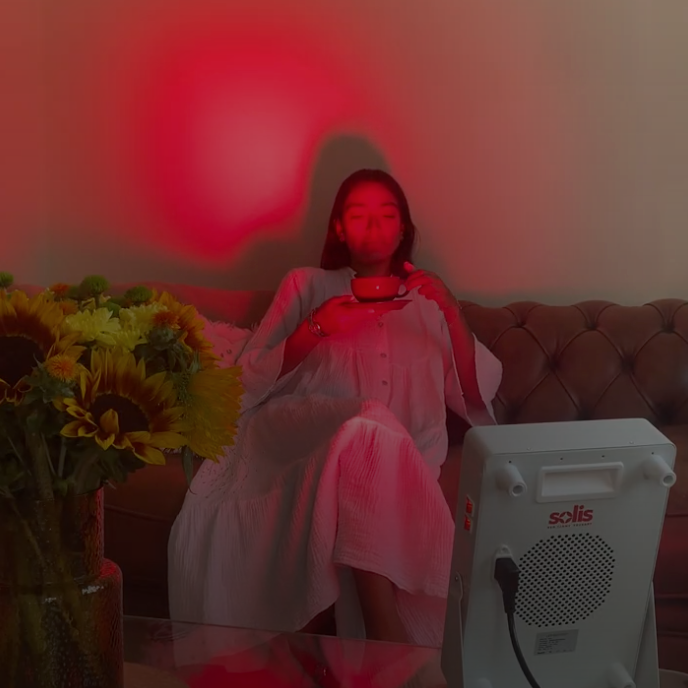
Jasmine H.
Seasonal Blues Finally Conquered.
Living in the UK, the dark winter months have always hit my mood hard. This past winter was different thanks to my Solis panel. Using it for 20 minutes each morning has completely transformed how I feel during the darker seasons. My energy is more consistent, my motivation has returned, and that familiar heaviness I used to feel from October to March is noticeably absent.
Mood FAQs
How long does it take to feel mood benefits from red light therapy?
Some users report improved mood, calmness, or energy after just a few sessions—especially when using red light in the morning or before bed. For more persistent mood concerns like depression or anxiety, most clinical studies show significant changes within 2–4 weeks of consistent use (3–5 times per week).
Sticking with it is key—and the emotional lift can be well worth it.
Is it safe to use red light therapy on the head or face for mood?
Absolutely. Clinical research supports safe use of red and NIR light on the forehead or scalp for mood, especially at wavelengths between 810–850 nm. These stimulate cellular energy and improve blood flow in the brain.
Solis panels are designed with these same wavelengths—offering a non-invasive, side-effect-free way to support mental wellness.
Can red light therapy replace antidepressants or other medications?
Red light therapy can be a powerful complementary tool, but you should always speak with your healthcare provider before changing any medications. That said, some studies show significant reductions in depression scores—even in patients who didn’t respond to medication.
Think of it as a natural upgrade to your emotional toolkit.
When is the best time of day to use red light therapy for mood?
Morning sessions can boost energy and reset your circadian rhythm, while evening sessions help with relaxation, anxiety reduction, and better sleep. Many users experiment and stick with the time that leaves them feeling their best.
Red light meets you where you’re at—calming at night, uplifting by day.
How often should I use it to help with stress or anxiety?
For best results, aim for 3–5 sessions per week, especially during stressful periods. Some find daily sessions most effective for calming nervous energy and improving emotional resilience.
Consistency builds a stronger, more stable mood foundation.
Will I feel anything during or after a red light therapy session?
Most users feel a warm glow and mild relaxation during sessions. Some describe a subtle “afterglow” effect—clearer thinking, reduced tension, or lighter mood for hours after.
Your body knows it’s doing something good—even before your mind catches up.
Is it okay to use red light therapy if I don’t have a diagnosed mood condition?
Definitely. Red and near-infrared light can enhance mood, energy, and emotional balance for anyone dealing with everyday stress, low energy, or the winter blues—not just clinical depression.
It’s like natural emotional maintenance—without the side effects.
Mood Boosting Usage Guide
Optimal Positioning
Position your Solis panel 12-18 inches from your face during a seated meditation or relaxation position. For full-body mood benefits, position the panel 18-24 inches away to cover your torso and head simultaneously. Morning sessions are most effective when the panel is positioned at upper chest/face level to support natural wakefulness, while evening sessions can be positioned lower (mid-torso) to promote relaxation.
Dosage Protocol
For mood enhancement, 10-20 minute sessions provide optimal results. Morning sessions can energise and promote alertness. Evening sessions support relaxation and sleep preparation. For seasonal mood issues, begin with daily morning sessions for two weeks, then maintain with 4-5 sessions weekly. Those experiencing severe mood disruptions may benefit from twice-daily sessions (morning and afternoon/evening).
Habit Stacking
Meditation & Mindfulness: Use your panel during your meditation practice—the gentle red glow creates a focal point while the therapeutic light enhances your mind-body connection and deepens relaxation.
Journaling & Reflection: Use your red light sessions as dedicated time for journaling, gratitude practice, or positive affirmations—combining mental processing with physiological support for mood regulation.
Breathwork & Relaxation: Incorporate structured breathing techniques (like 4-7-8 breathing or box breathing) during your red light sessions—amplifying the calming effects and training your nervous system for better stress response.
Reminder: Consistency creates compounding benefits. Mood enhancement builds over time with regular use, so maintain your routine even on days when you're feeling good.
Position your Solis panel 12-18 inches from your face during a seated meditation or relaxation position. For full-body mood benefits, position the panel 18-24 inches away to cover your torso and head simultaneously. Morning sessions are most effective when the panel is positioned at upper chest/face level to support natural wakefulness, while evening sessions can be positioned lower (mid-torso) to promote relaxation.
For mood enhancement, 10-20 minute sessions provide optimal results. Morning sessions can energise and promote alertness. Evening sessions support relaxation and sleep preparation. For seasonal mood issues, begin with daily morning sessions for two weeks, then maintain with 4-5 sessions weekly. Those experiencing severe mood disruptions may benefit from twice-daily sessions (morning and afternoon/evening).
Meditation & Mindfulness: Use your panel during your meditation practice—the gentle red glow creates a focal point while the therapeutic light enhances your mind-body connection and deepens relaxation.
Journaling & Reflection: Use your red light sessions as dedicated time for journaling, gratitude practice, or positive affirmations—combining mental processing with physiological support for mood regulation.
Breathwork & Relaxation: Incorporate structured breathing techniques (like 4-7-8 breathing or box breathing) during your red light sessions—amplifying the calming effects and training your nervous system for better stress response.
Reminder: Consistency creates compounding benefits. Mood enhancement builds over time with regular use, so maintain your routine even on days when you're feeling good.









